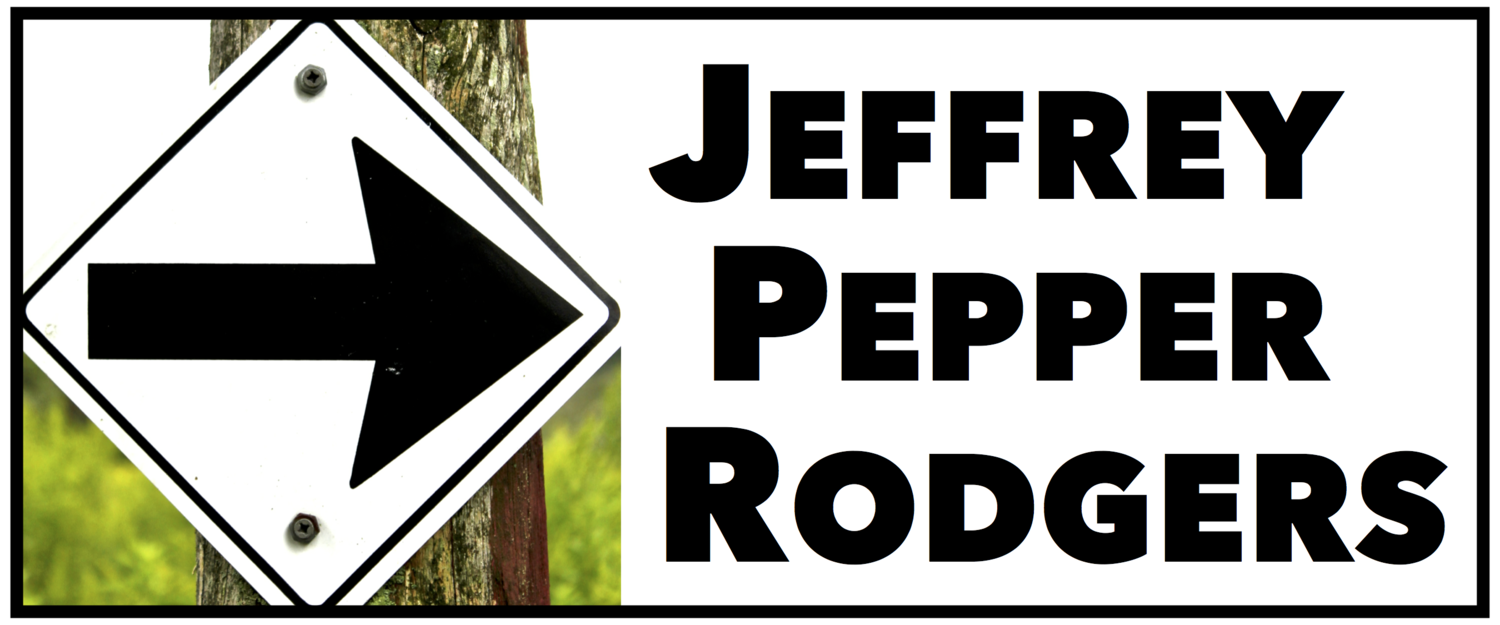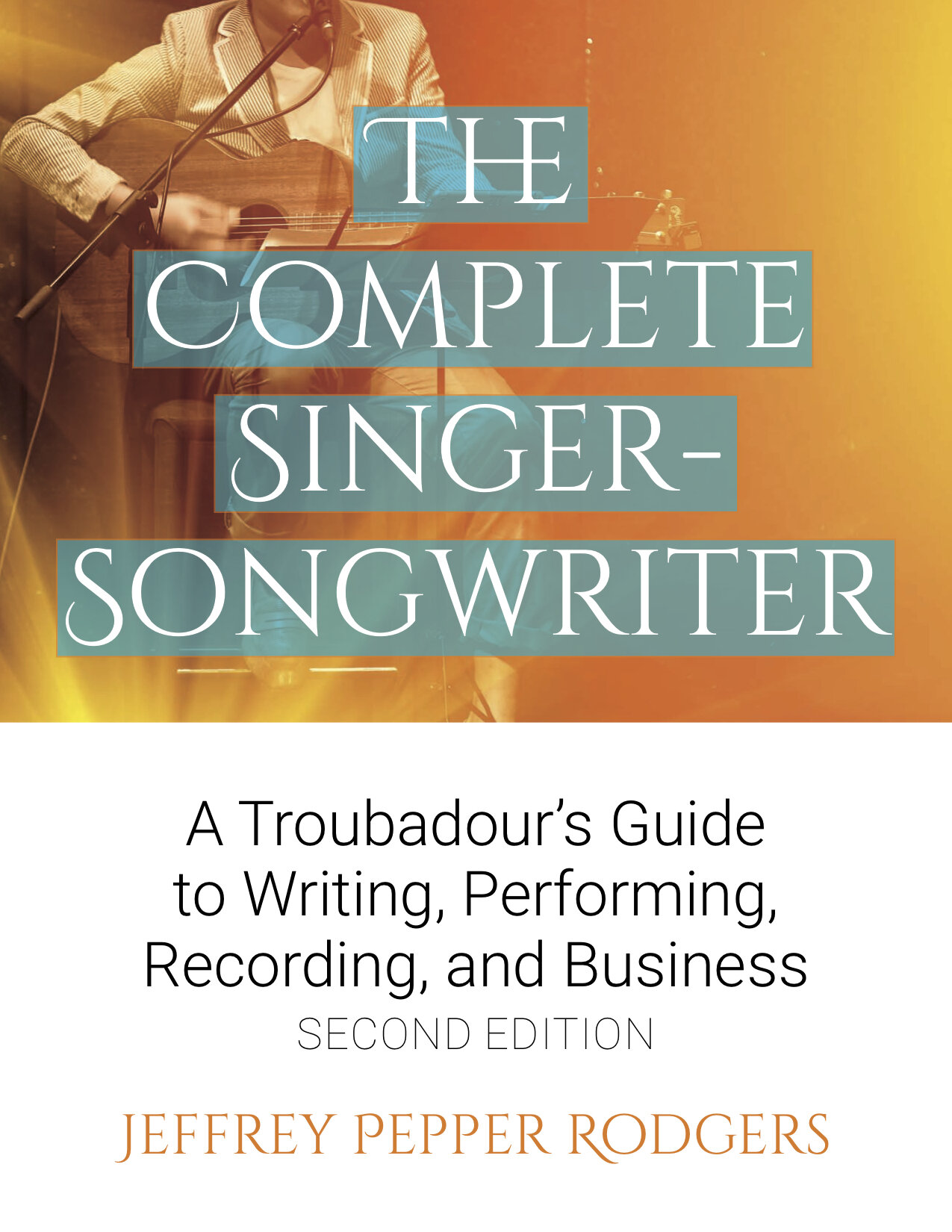Songwriting lesson: how to write a bridge
Think of the timeless ballad “Something,” from the Beatles’ Abbey Road, in which George Harrison muses on his lover’s allure over a wistful chord progression in the key of C.
He sings a verse and loops back for another by way of the song’s signature guitar line, but the second time he lands not on a C chord, the I, but on an A major—a striking change, especially after the appearance of A minor a couple bars before.
And with that, “Something” launches into another zone—it’s in a different key, with a new drum groove, harmony vocals enter (“You’re asking me will my love grow . . . .”), the lyrics darken, and the melody soars above the verse. The intensity and tension build . . . and then release as Harrison drops back into the original key of C, taking us out with a sweet guitar solo and a closing verse.
That dramatic departure in the middle—just eight bars long—is the bridge, also known as the middle eight. The bridge creates a welcome contrast to the repeating verse-chorus sections of a song, and is a short break about two-thirds of the way through that refreshes our ears for the ending. It’s not the centerpiece of the song—it doesn’t usually contain the hook or title—but often the bridge provides a great song with its most sublime moments. Just think of the beautiful harmonic, melodic, and lyrical turns in the bridges in “Over the Rainbow” (“One day I wish upon a star . . . ”), “Crazy” (“Worry, why do I let myself worry . . . ”), or “Yesterday” (“Why she had to go . . . ”).
For songwriters, the question is: How do you create these kinds of transporting moments in your own songs? As with everything in songwriting, there’s no formula for constructing a bridge, but taking a close look inside some classic songs can help you get started. In this lesson from Acoustic Guitar magazine, you’ll find seven ideas to try, with examples from the pop and rock canon. Above is the accompanying playlist.
Dig deeper
For more songwriting tips and lessons, see The Complete Singer-Songwriter.
“The most creatively valuable book on the subject.”—Ben Harper


